It seems as though everywhere we look we’re being told about dangerous ingredients in our cat’s food and how we should avoid them at all costs. But nobody is really talking about what types of ingredients we do want to see. Knowing what to avoid is only half the battle when choosing a healthy food, so be sure to add these to your checklist of ingredients you want to find.
#1 – Meat Protein

Whole meats are the most important part of your cat’s diet. Cats are obligate carnivores, which means they need to eat meat in order to survive. You’ve been advised against meat meals and meat by-products, but whole meat is perfect. Anytime you see chicken, beef, pork, turkey, fish or any other whole animal product in the ingredient list, you’re in the clear. This should be the first ingredient (or the first few ingredients if there is more than one protein source), meaning it’s the most prominent in the food and the basis of the diet.
#2 – EPA/DHA
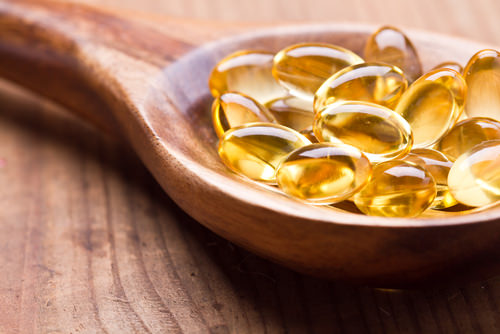
EPA/DHA are essential fatty acids most often found in fish oils. Cats need fat to be healthy, and there are better ways to get this fat into their diets than others. When you see ingredients like lard and beef tallow, you know you’re getting low quality, nasty fats. But essential fatty acids, such as the omegas found in salmon oil, flaxseed oil, or pork or chicken fat, are great, nutritious ingredients.
#3 – Sweet Potatoes
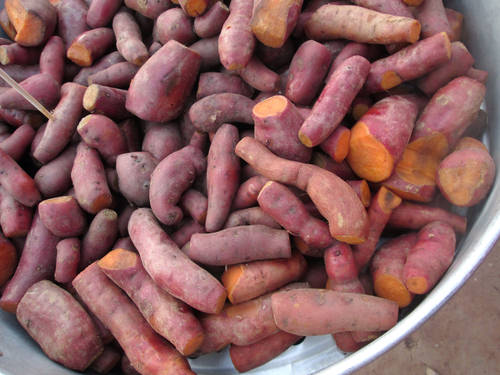
Cats really don’t need any added carbohydrates, but when feeding commercial foods they are sometimes necessary to maintain the consistency. That said, there are some sources of carbohydrates that are beneficial to our cats. Sweet potatoes are an excellent source of nutrients and can even help with gastrointestinal upset. We do recommend feeding grain-free foods, but sweet potatoes are great at taking up the space used by unhealthy grain fillers such as corn, wheat, and soy.
#4 – Fruits & Vegetables
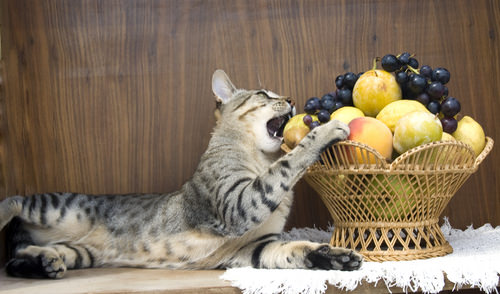
Cats are obligate carnivores and don’t need any fruits or vegetables, but they can still benefit from them. Ask many raw feeders why they add fruits and vegetables to their cats’ meals. You’ll discover that many do it to mimic a prey animal’s stomach contents. In the wild, animals ingest whatever their prey eats. When it comes to chicken and beef, you may be thinking corn and grain. Since this is not ideal, look for cat foods that include fresh fruits and green vegetables, such as apples, alfalfa, cranberries, and pumpkin.
#5 – Organic Ingredients

Organic ingredients are generally better, especially when it comes to protein sources. While we can’t always find a 100% organic cat food that’s reasonably priced, it’s important to try and find organic ingredients when you can. Keep in mind, however, that the organic version of bad ingredients really isn’t much better. For example, we still want to avoid organic corn and soy, but should probably choose organic chicken over non-organic chicken. There is a small benefit to feeding your cat organic food, just as there is for you to eat it. Always look for free-range or pastured meats as well.
#6 – High Moisture Content
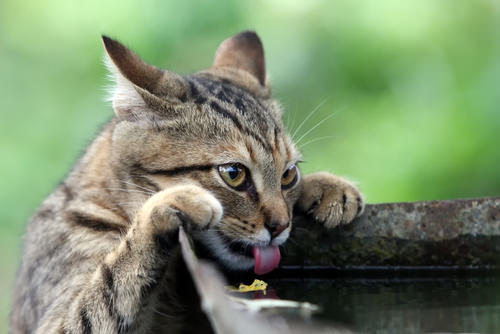
A high moisture content is important in pet foods because a natural diet in the wild is typically 70% water. This is why so many pets eating commercial foods drink so much, while pets fed a raw diet hardly ever drink at all. High-quality meats found at the top of the ingredient list is a sure sign that your cat’s food is getting its moisture from these meats and not any artificial source. It’s still argued that many dry commercial foods are dangerously low in water and are the source of many urinary problems in cats. Therefore, we recommend feeding your cat wet food or adding water to their kibble every so often.
#7 – Taurine
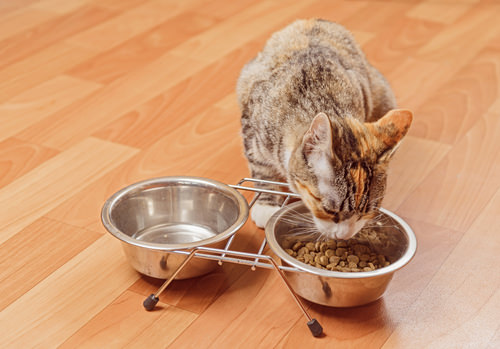
Taurine is an amino acid that is essential in your cat’s diet. In fact, a 1974 study found that taurine deficiency in cats lead to retinal degeneration – something we don’t want! So seeing taurine added into your cat’s food is a good thing, as it’s ensuring that your cat gets enough of the amino acid to live a normal, healthy life.
#8 – Mixed Tocopherols
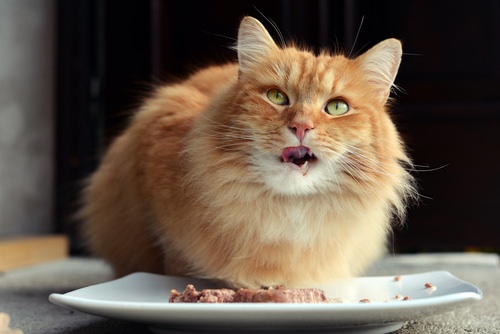
Commercial cat foods need preservatives added to keep their shelf life reasonable, but some types of preservatives are better than others. While many pet food companies still preserve their foods with dangerous ingredients like BHA and BHT, you’re more likely to find “mixed tocopherols” in the ingredient list. This is a good thing! Mixed tocopherols are made using vitamin E and are a safe and natural preservative in pet food.
#9 – Ascorbic Acid
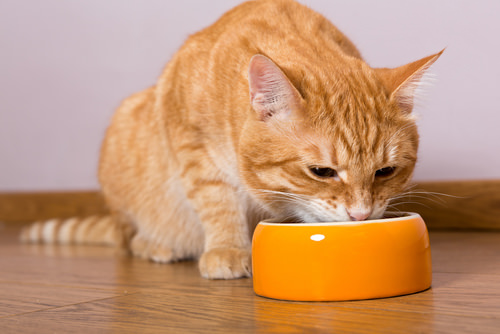
Ascorbic acid is another natural preservative found in many quality pet foods. Made using vitamin C, it’s just as healthy an ingredient as mixed tocopherols and is something you shouldn’t worry about seeing in your cat’s food. While not as commonly used as mixed tocopherols, you might find ascorbic acid or both ingredients in your cat’s food.
#10 – DL-Methionine
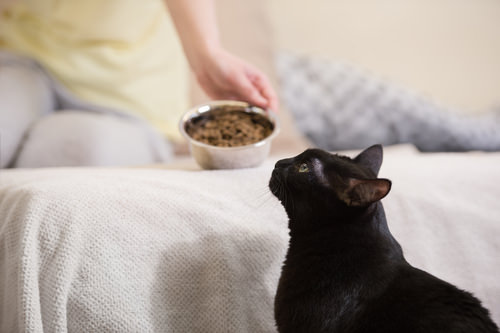
DL-Methionine sounds complicated, but it’s actually an essential amino acid that your cat needs to stay healthy. Just like taurine, methionine deficiencies can be very dangerous to cats, so pet food manufacturers started adding it into the ingredients. It’s naturally found in meats and fish, so the higher quality pet foods might not be adding it in if they feel enough is provided by the initial ingredients. It can also be used to make smell and flavor more enticing to picky eaters. That said, it’s not something you should avoid.

